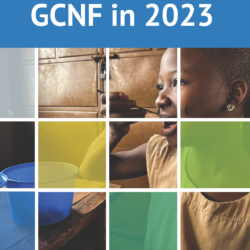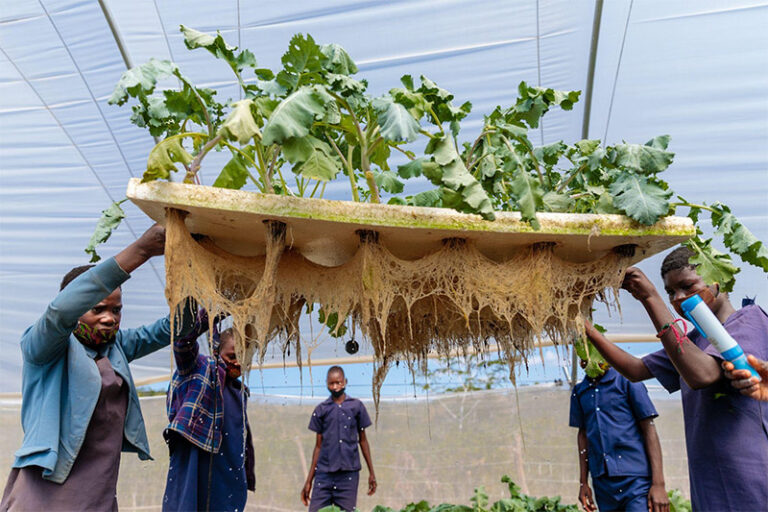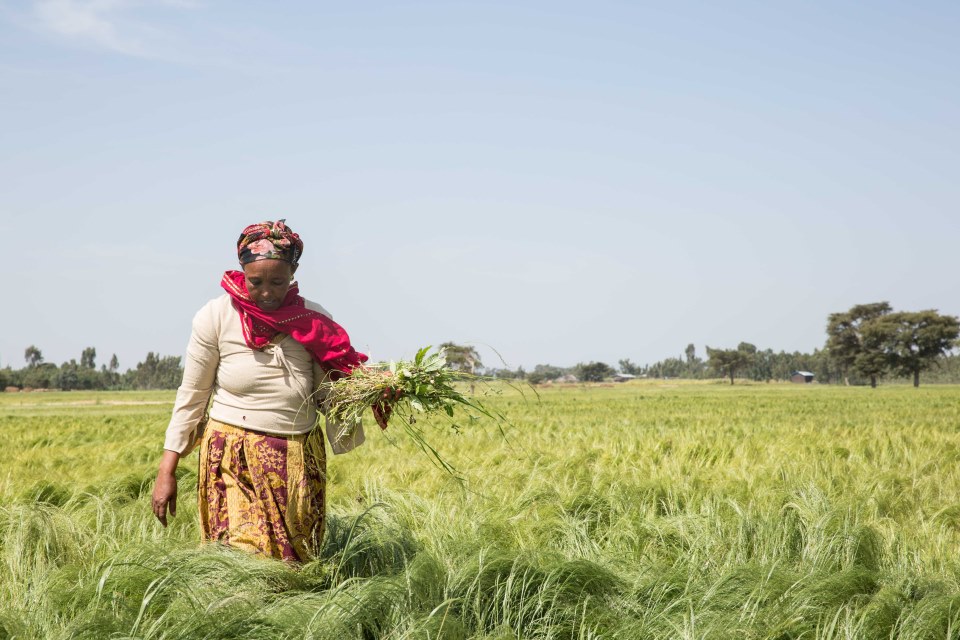Implementing school feeding in Kenya: Unlocking scalability
This is a guest blog by Elisheba Kiru, Special Education Consultant, Nicola Okero, External Relations Manager at Food For Education, and Ruth Muendo, Senior Impact Manager at Food for Education.
Food for Education is a non-profit social enterprise feeding 300,000 young learners every school day across Kenya, and dedicated to mainstreaming school feeding programs across Africa.
As a result of a confluence of factors, Kenya’s cost of living has reached a 5-year high, having a disproportionately deleterious impact on low-income households. Quality of life, especially for children, is negatively impacted with access to shelter, security and education at risk, while access to quality nutrition is threatened by rising costs. Against this backdrop, the recently launched Dishi na County Nairobi county-wide school feeding programme, spearheaded by county governor, Johnson Sakaja, promises to deliver impact at scale. While Kenya has a long history of school feeding, Dishi na County brings in a unique, cost-efficient model that may unlock scalability.
Kenya’s documented history of school feeding begins in the late 70s with the well-known “Nyayo Milk” launched by President Daniel Arap Moi, where small packets of milk would be distributed to public schools to increase attendance and enrollment. To this day, those who attended school in the 80s fondly remember ‘Maziwa ya Nyayo.’ In the 1980s the World Food Programme (WFP) began implementing a programme, along with the Ministry of Education, to feed primary schools in the arid and semi-arid lands of Kenya and in urban informal settlements. However, as Kenya’s status as defined by the World Bank changed from Low Income to Middle Income, the international aid was reduced. The model of school feeding thus shifted from development partner led back to government led. A handover strategy was developed and in June 2018 all schools under the WFP school meals programme were handed over to the Government.

Government ownership has been characterised by a wider reach and policy development. However, several factors including inadequate resources have impeded implementation; despite the strides, Kenya is still far from achieving universal school feeding. Other models led by local communities and social enterprises provided alternatives to state provision. Unfortunately, the reliance on parents and teachers to work or provide in-kind support in community programs meant that shocks to the local economy quickly destabilise school feeding efforts. Meanwhile private sector enterprises, although efficient, lack the mandate to institutionalise standards.
Enter Dishi na County. It is uniquely a public-private partnership school feeding model, born from the realisation that the government resources can unlock sustainability and scalability built upon the innovation and efficiencies of the private sector. The program promises to feed 250,000+ young learners in Early Childhood Development (ECD) centres and public primary and ECD schools all across the Nairobi-city county in 2024, in partnership with Food for Education, a social enterprise currently feeding over 300,000 children across Kenya through centralised cooking and Near Field Communication technology that collects and communicates real-time data.
Kenya’s history of school feeding models highlights the various ways to increase access to quality nutrition to children. This new public-private partnership presents potential to lower costs and synergize efforts, thereby reaching more children. Collaborative partnerships combined with robust monitoring systems, which provide real-time data on program impact and needs, establish and sustain a transformative blueprint in the continent. 2024 will be the year to watch Kenya’s school feeding efforts.













No comment yet, add your voice below!